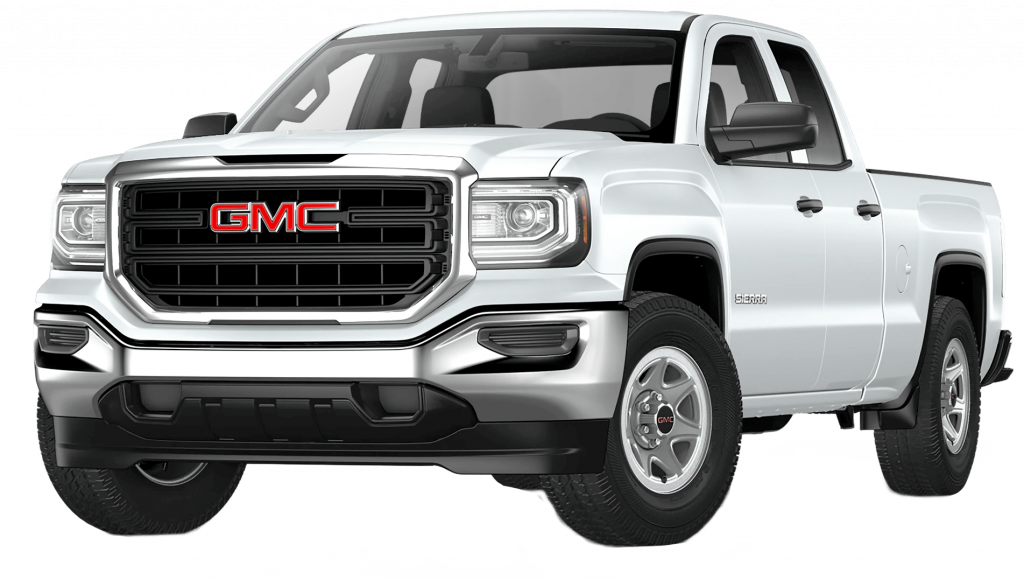Frequently Asked Questions
How does wheel alignment impact vehicle handling?
Proper wheel alignment significantly impacts vehicle handling by ensuring that all wheels are positioned correctly relative to each other and the road. This alignment enhances steering responsiveness, stability, and overall safety, leading to a smoother driving experience.
What are the benefits of wheel alignment for semi trucks?
The benefits of wheel alignment for semi trucks include improved tire longevity, enhanced fuel efficiency, and better handling. Proper alignment ensures that your truck operates safely and efficiently, reducing wear on components and minimizing maintenance costs.
How do I know if my semi truck needs wheel alignment?
Signs that your semi truck needs wheel alignment include uneven tire wear, pulling to one side while driving, and a steering wheel that is off-center. If you notice any of these symptoms, it's time to schedule an alignment service.
How often should I get my wheels aligned?
The frequency of wheel alignment should be determined by your driving habits and vehicle usage. Generally, it’s recommended to check your alignment every 6,000 to 10,000 miles or whenever you notice uneven tire wear or handling issues.
Can wheel alignment affect my vehicles safety?
Proper wheel alignment is crucial for your vehicle's safety. Misalignment can lead to uneven tire wear, reduced handling, and compromised braking, increasing the risk of accidents. Regular alignment checks help ensure optimal performance and safety on the road.
How long does a semi truck wheel alignment take?
The duration of a semi truck wheel alignment typically takes about 1 to 2 hours, depending on the vehicle's condition and any necessary adjustments.
What causes uneven tire wear on my vehicle?
The causes of uneven tire wear on your vehicle include improper wheel alignment, unbalanced tires, worn suspension components, and incorrect tire pressure. These factors can lead to irregular tread wear, affecting vehicle safety and performance.
What is the cost of semi truck wheel alignment near my location?
The cost of semi truck wheel alignment near your location typically ranges from $100 to $200, depending on the service provider and specific vehicle requirements. For an accurate quote, it's best to contact local service centers directly.
Can improper wheel alignment affect fuel efficiency?
Improper wheel alignment can negatively impact fuel efficiency. When wheels are misaligned, it causes increased rolling resistance, leading to higher fuel consumption and reduced overall performance of your vehicle.
How much does a wheel alignment cost near me?
The cost of a wheel alignment near you typically ranges from $75 to $100, depending on your vehicle's specific needs and the service provider. For an accurate quote, contact Truck City Service in Greeley, CO.
Is wheel alignment covered under semi truck warranty?
Wheel alignment may be covered under a semi truck warranty, but it typically depends on the specific terms of the warranty. It's best to consult your warranty documentation or contact your dealer for precise coverage details.
What are the symptoms of improper wheel alignment?
The symptoms of improper wheel alignment include uneven tire wear, steering wheel vibration, and the vehicle pulling to one side while driving. These issues can compromise safety and vehicle performance, making timely alignment service essential.
What causes semi truck wheel misalignment?
The causes of semi truck wheel misalignment include hitting potholes, uneven tire wear, accidents, and worn suspension components. These factors can disrupt the alignment, leading to poor handling and increased tire wear.
How often should I align my semi trucks wheels?
The frequency of aligning your semi truck's wheels depends on usage and road conditions. Generally, it's recommended to align them every 30,000 miles or if you notice uneven tire wear or handling issues. Regular checks ensure optimal performance and safety.
Can any mechanic do semi truck wheel alignment?
Not all mechanics can perform semi truck wheel alignment. Specialized training and equipment, such as the WinAlign Heavy-Duty Alignment System, are required to ensure accurate alignment for these larger vehicles.
What is the importance of regular wheel alignment checks?
The importance of regular wheel alignment checks lies in their ability to enhance vehicle safety and performance. Proper alignment reduces tire wear, improves fuel efficiency, and ensures better handling, ultimately prolonging the lifespan of your truck or commercial vehicle.
What tools are used for wheel alignment?
The tools used for wheel alignment include specialized equipment such as alignment racks, laser or camera systems, and the WinAlign Heavy-Duty Alignment System, which ensures precise adjustments for optimal vehicle performance and safety.
How can I tell if alignment is off?
Signs that your vehicle's alignment is off include uneven tire wear, pulling to one side while driving, and a crooked steering wheel when driving straight. If you notice any of these issues, it may be time for a wheel alignment.
What is the process for wheel alignment?
The process for wheel alignment involves adjusting the angles of the wheels to ensure they are perpendicular to the ground and parallel to each other. This typically includes a thorough inspection, adjustments using specialized equipment, and a test drive to confirm proper alignment.
How does alignment affect tire lifespan?
Proper wheel alignment significantly affects tire lifespan. When wheels are correctly aligned, tires wear evenly, reducing premature wear and extending their overall life. Misalignment can lead to uneven tire wear, necessitating earlier replacements.
What are common signs of misalignment?
Common signs of misalignment include uneven tire wear, the vehicle pulling to one side, a crooked steering wheel, and vibrations while driving. Addressing these issues promptly can enhance safety and performance.
Can wheel alignment improve fuel economy?
Proper wheel alignment can indeed improve fuel economy. When your vehicle's wheels are correctly aligned, it reduces tire wear and rolling resistance, leading to more efficient fuel consumption and overall better performance.
What is the best time for alignment checks?
The best time for alignment checks is during routine maintenance, after hitting a pothole or curb, or when noticing uneven tire wear. Regular checks ensure optimal vehicle safety and performance, especially for trucks and commercial vehicles.
How does load affect semi truck alignment?
The load affects semi truck alignment by altering weight distribution, which can lead to uneven tire wear and misalignment. Properly managing load ensures optimal alignment, enhancing vehicle safety and performance.
What is the difference between front and rear alignment?
The difference between front and rear alignment lies in the adjustment of the wheels. Front alignment focuses on the angles of the front wheels, affecting steering and handling, while rear alignment adjusts the back wheels, impacting stability and tire wear.
How can I maintain proper wheel alignment?
Maintaining proper wheel alignment involves regular inspections, ensuring tire pressure is correct, and addressing any suspension issues promptly. Scheduling professional alignments at Truck City Service can help keep your vehicle's alignment in check for optimal performance and safety.
What should I expect during an alignment service?
During an alignment service, you can expect a thorough inspection of your vehicle's suspension and steering components, followed by precise adjustments to ensure your wheels are aligned correctly for optimal performance and safety.
Are there specific alignment techniques for trucks?
Specific alignment techniques for trucks are essential due to their unique weight and handling characteristics. These techniques, often using specialized equipment like the WinAlign Heavy-Duty Alignment System, ensure optimal performance and safety for heavy-duty vehicles.
How does road condition impact wheel alignment?
Road conditions significantly impact wheel alignment. Potholes, uneven surfaces, and debris can cause misalignment, leading to uneven tire wear and compromised vehicle handling. Regularly checking alignment can help maintain optimal performance and safety.
What are the long-term effects of misalignment?
The long-term effects of misalignment can lead to uneven tire wear, reduced fuel efficiency, and compromised vehicle handling. Over time, this can result in costly repairs and decreased safety for drivers and passengers.


